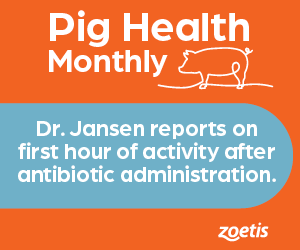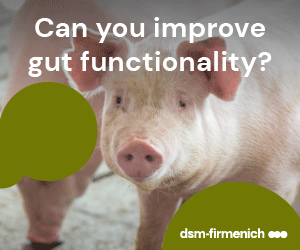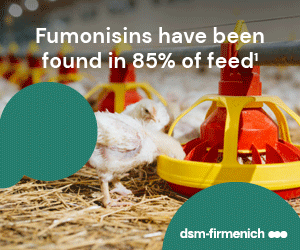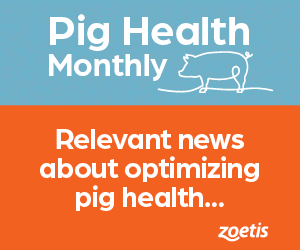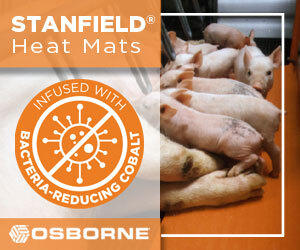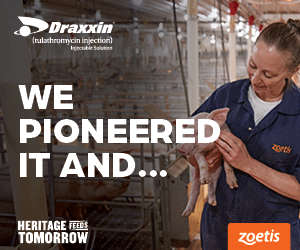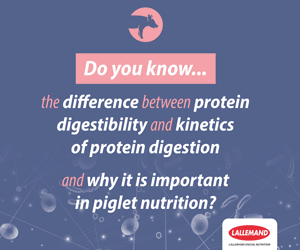



Pasture management systems for swine: a historical perspective
Pasture-based systems for rearing pigs are growing in popularity, but it is not a new approach. This article reviews the relationship of pigs and pasture through history.Pasture-based management systems for pigs are currently increasing in popularity as the consumer's interest in a pasture-raised pork product is at an all-time high1. Those who wish to start a pasture-based pig operation are remiss to learn that science-based management practices are difficult to find. Rearing pigs on pasture requires managing a complex relationship between the pig, forages, and soil.
Pigs have limited digestive capabilities and will not utilize the pasture like ruminants would; most of their relationship with the soil and forage stems from their natural behaviors such as rooting. Due to this complex relationship, significant focus should be placed on the producer's goals for forage management and using those goals to influence the way they manage their pigs.
Pasture is managed in generally one of four ways when rearing pigs:
- Permanent: A permanent system refers to a pasture that has been seeded with perennial forage. This type of pasture will be reseeded based on the farmer's needs and stocking rate but does not require annual re-seeding. However, it is important to note that continual pasture systems result in the lowest possible yield as the forage is not given time to recover2. A successful permanent system will require the growth stage and lifespan of forage to be the main priority.
- Temporary/Annual: A temporary/annual pasture system is the inverse to a permanent system; it is seeded with annual forage and will not grow back after its initial growing season. Using a temporary system will require the farmer to reseed the pasture on an annual basis. This type of management system tends to be convenient to a farmer, but the continuous grazing negatively impacts the roots causing recovery to slow down3. It would be beneficial to keep your stocking rates low when using annual or temporary pasture management systems to keep forage damage to a minimum4.
- Rotation: Rotation systems involve rotating your crops to allow for a more consistent growing season. Within this system, perennial grasses and legumes are put on a rotation schedule with grain crops. After the pigs have utilized the grasses and legumes for several growing seasons, the residual materials on the field are plowed down and replaced with a grain crop. The cycle will repeat itself allowing the farmer to take advantage of multiple growing seasons and a large variation of crops5. Having grazed forage in the rotation will allow the farmer to build fertility, reduce weed, insect, and disease pressure for subsequent crops.
These three pasture systems can be managed in various ways. The most common type of management being used is a rotational system. In this system, swine are rotated throughout the available pastures, allowing those that are vacant time to rest and regrow. Resting your paddocks allows the forage time to renew its energy sources, deepen its root system, and enhance production through increased growth efficiency2,6. Rotational systems require the farmer to implement a rigid rotation schedule to ensure the pigs do not inflict severe damage onto the forage and the soil.
- Hogged-down: Lastly, a hogged-down pasture system is allowing your pigs to completely tread down and consume the available forage and mature grain after the plant has matured and died off. Historically, this management system was implemented before mechanical harvesting was widely available. Hogging down is still being used today as an alternative to land clearing or machine harvesting. However, it is not to be used as your sole source of pasture management, but rather as a form of field and crop maintenance, and it is good convention to allow your pigs access to a pasture crop field while placing them on a hogged-down pasture5.
When choosing which management system is right for your operation, it is important to consider the types of forage available, space allotted, geography of land, and size of herd. Raising pigs on pasture is a task that needs to be tackled with flexibility, as there are many environmental factors that impact forage management and will require continual changes for an operation to successfully manage pigs and land in a manner that is environmentally sound and profitable in today's niche markets.








